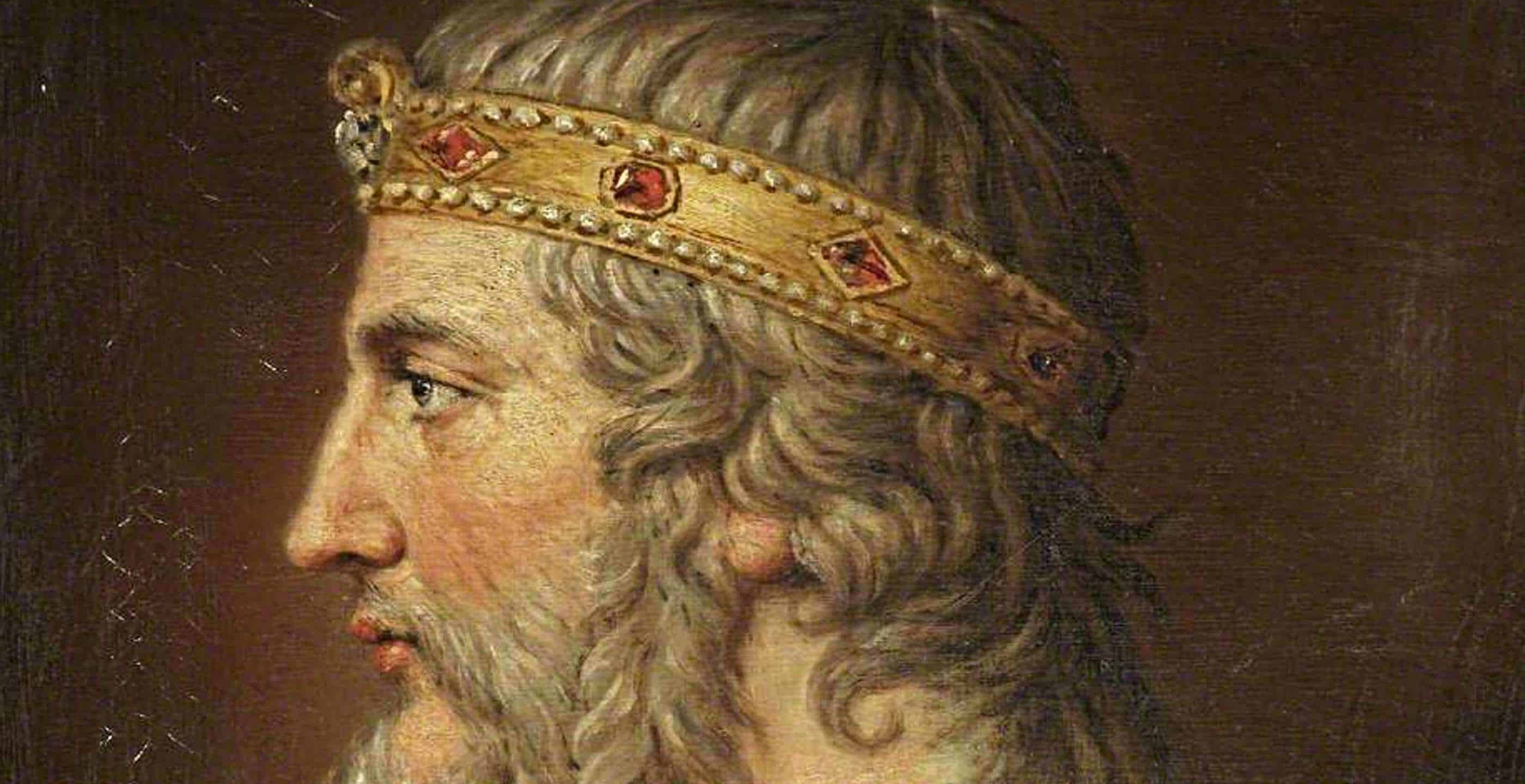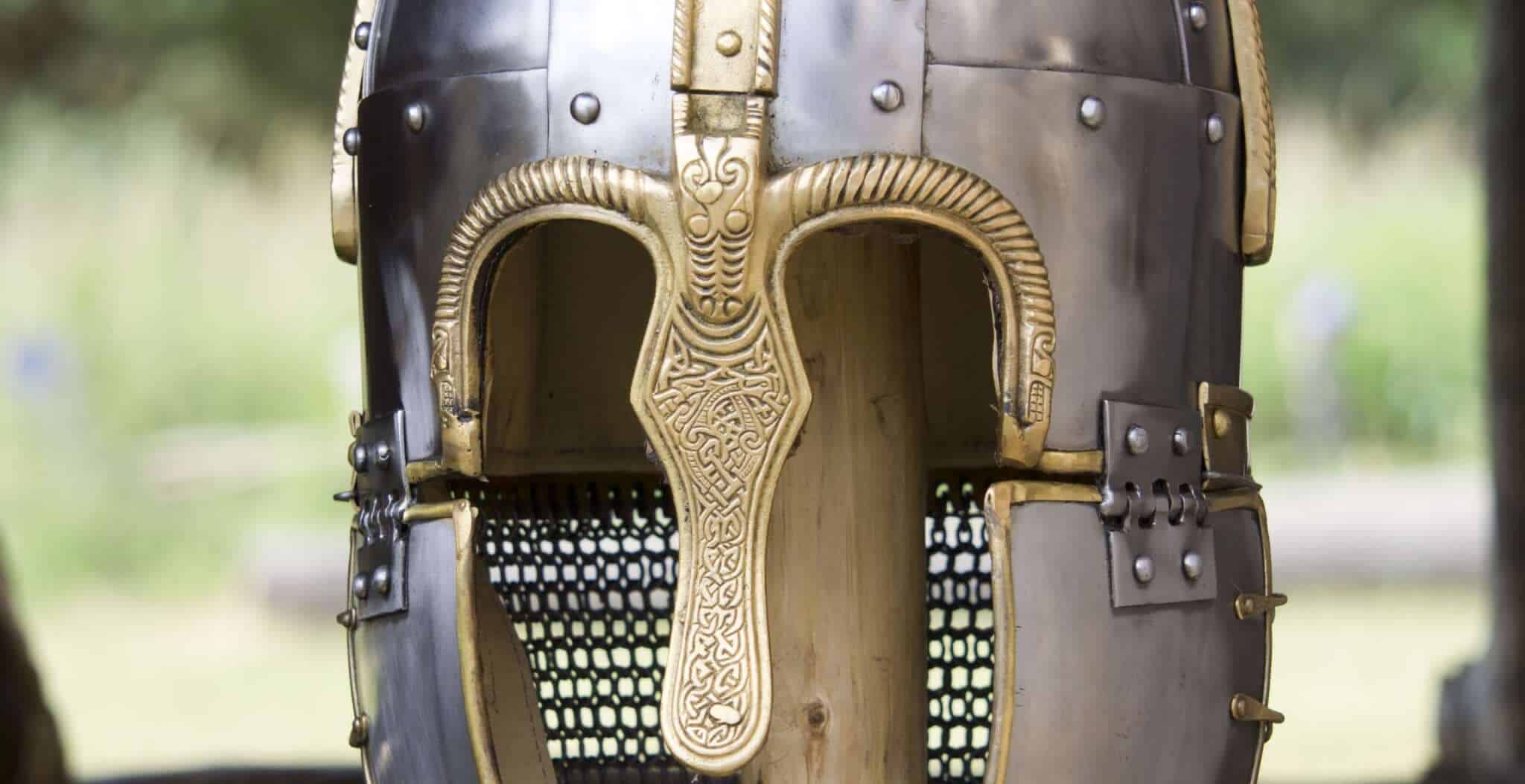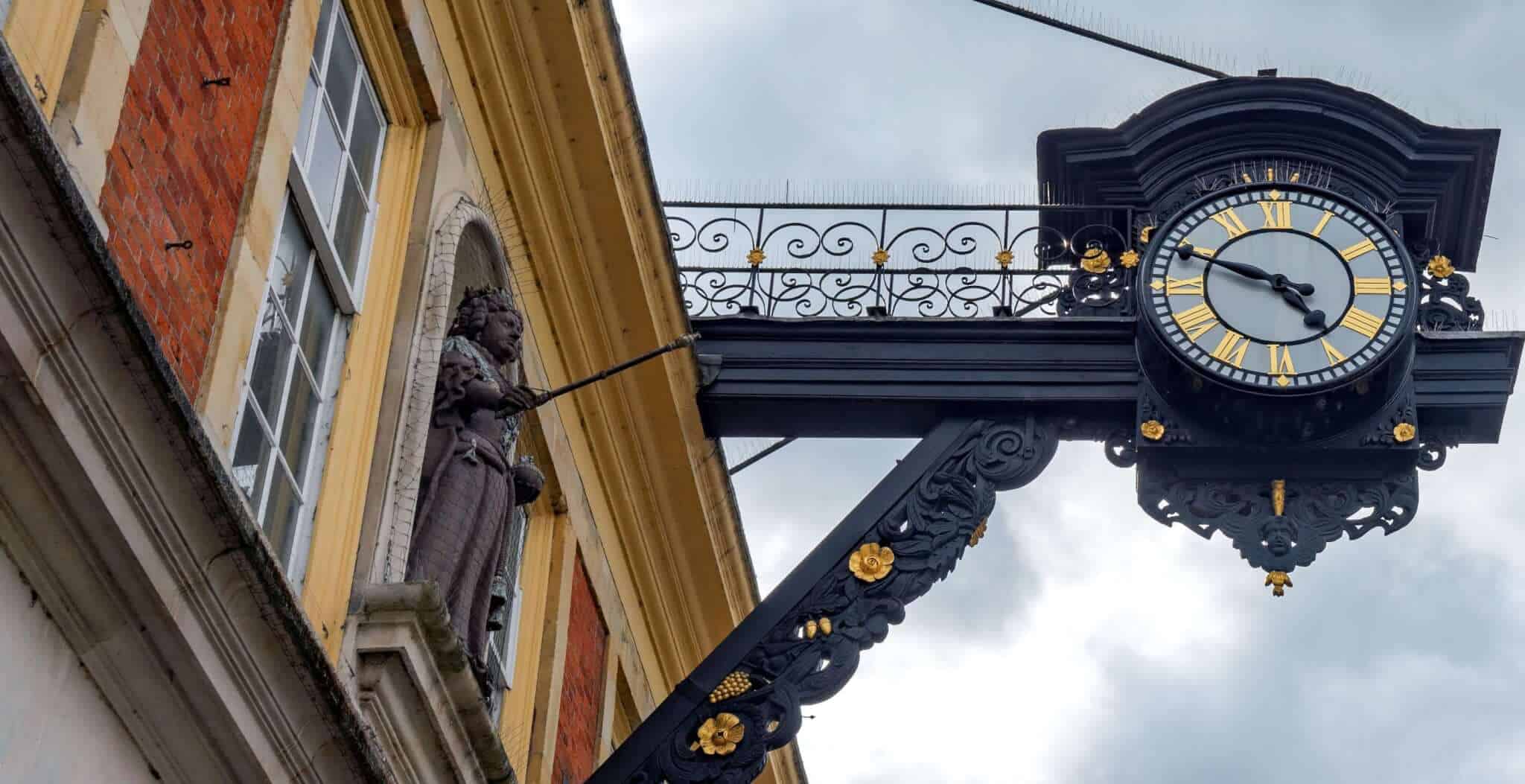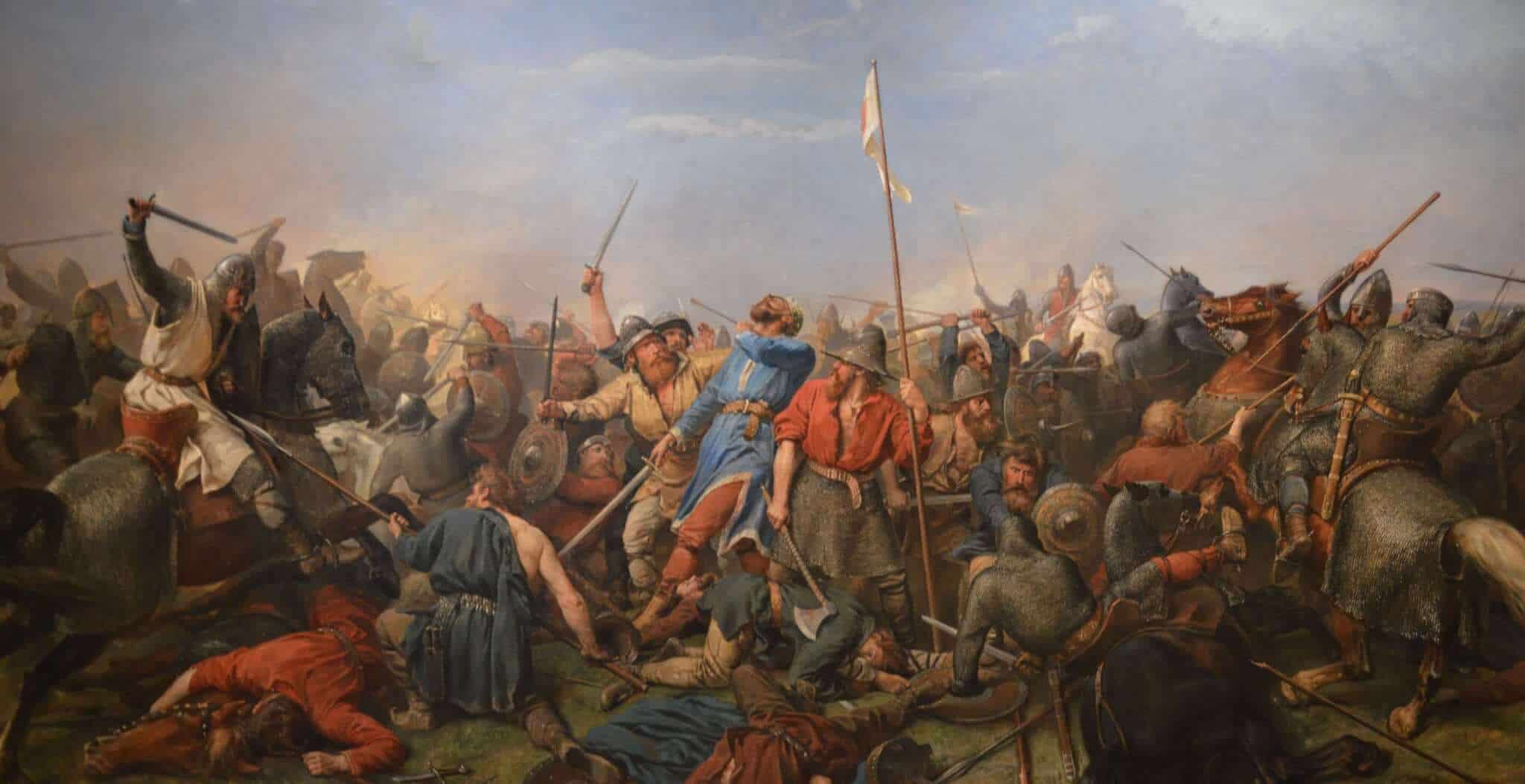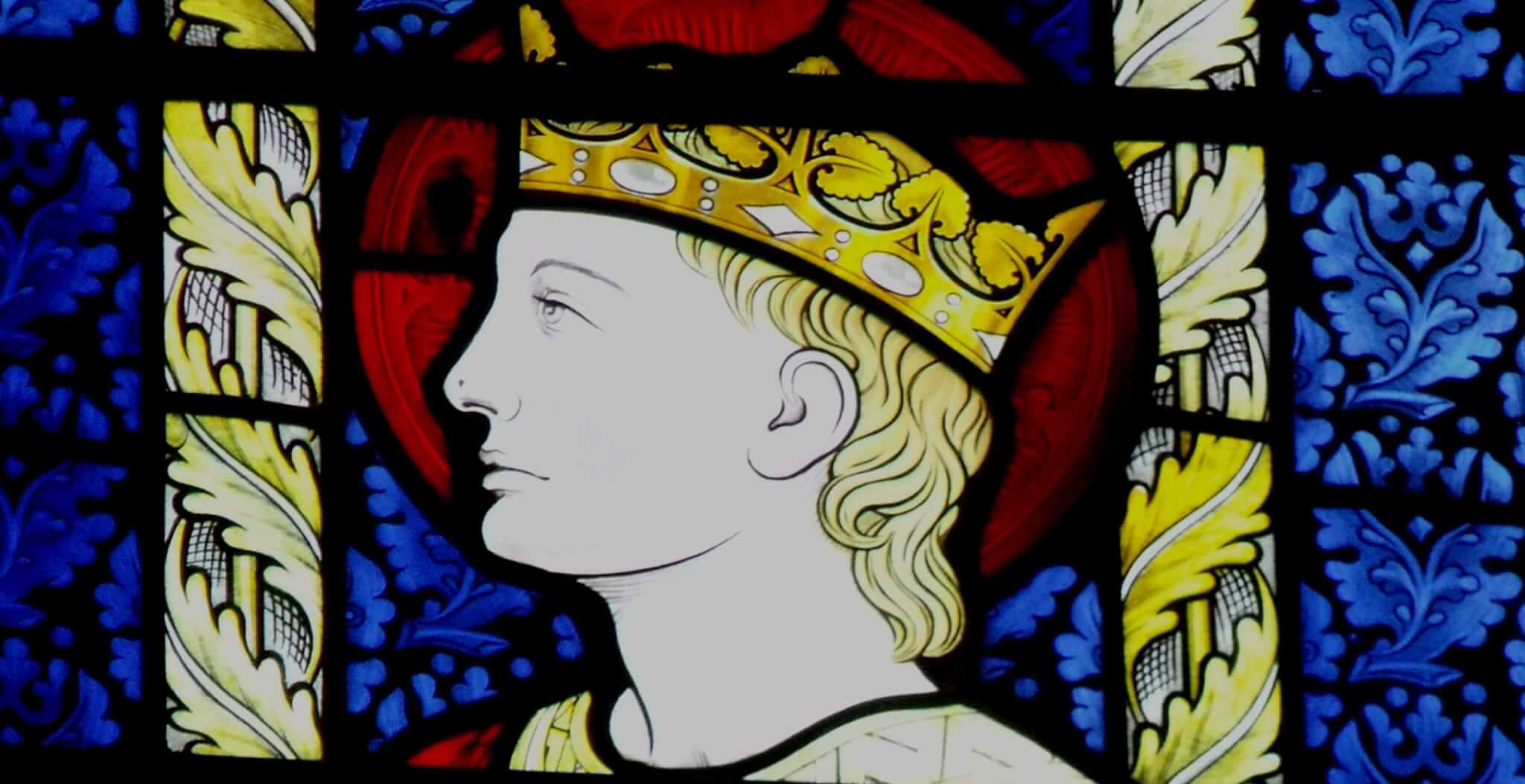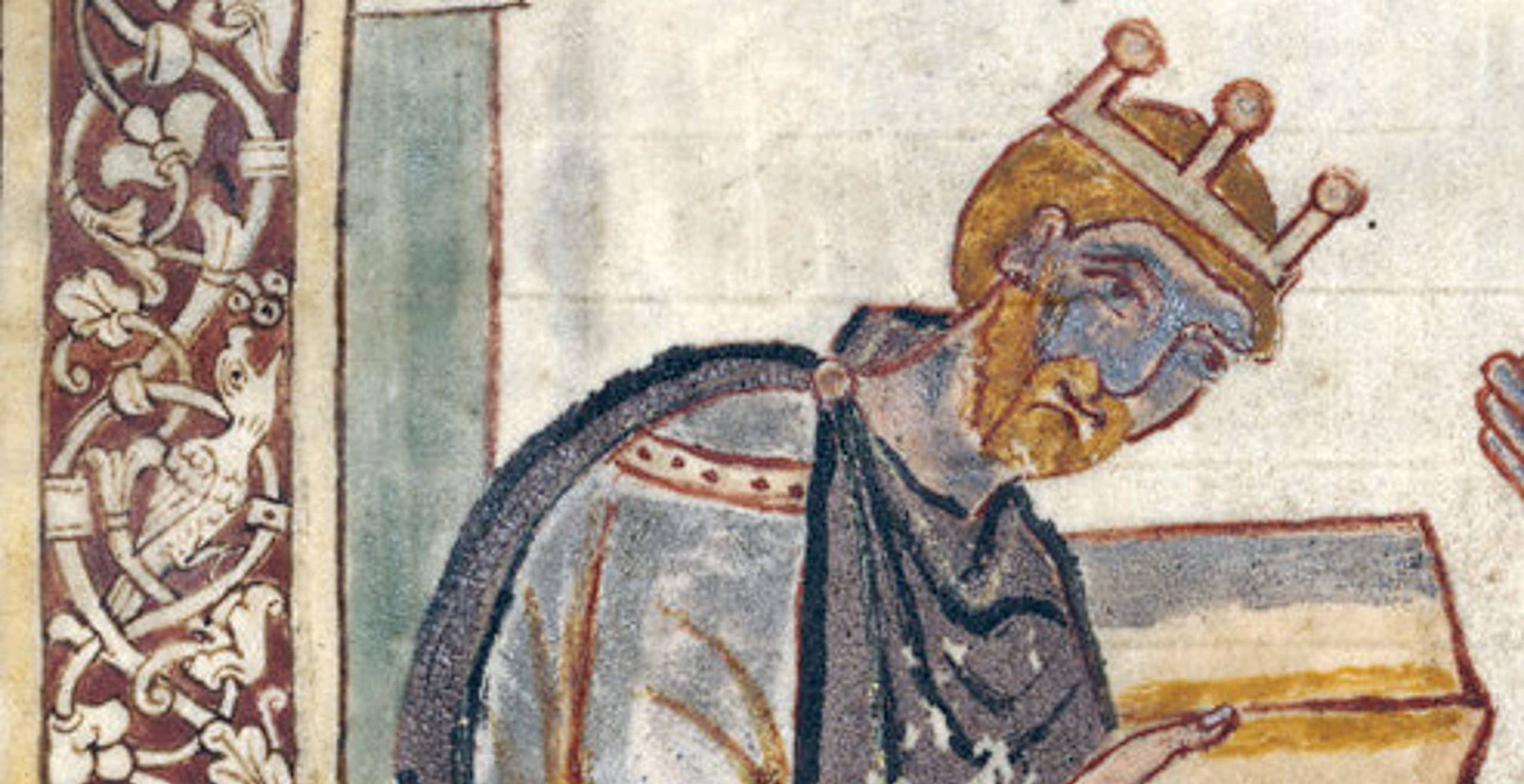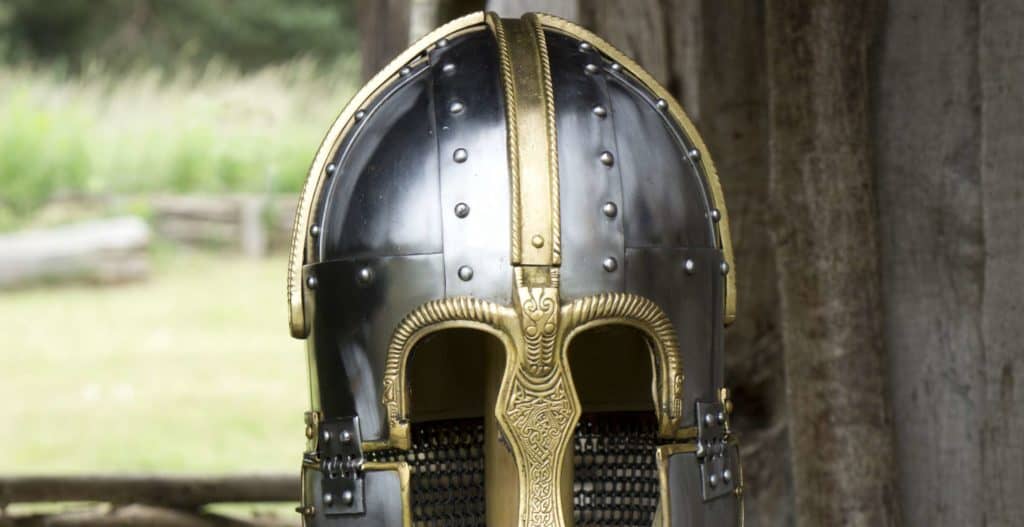The eldest child of the King Alfred of Wessex, Æthelflæd was thought to have been a strong, independent and well educated lady. During her early years, Æthelflæd witnessed her father take back large swathes of England from the Vikings (Danes), starting with the famous battle of Edington in Wiltshire, a key turning point in the Anglo-Saxon campaign against the Vikings.
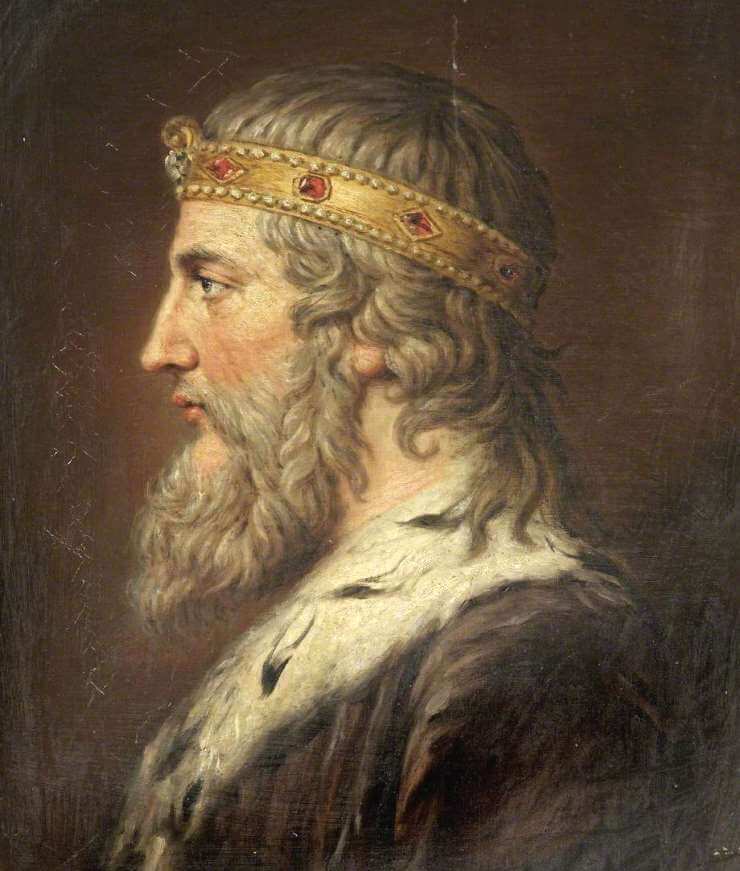
As Æthelflæd reached her teens, her father had begun to push the Vikings out of south eastern England and began to reclaim territory for both his own kingdom of Wessex and his northern ally of Mercia.
Mercia itself had not been a proper, independent kingdom for many years. The eastern part of its territory had long been in direct control of the Danish Vikings, with the remaining western part of the kingdom being effectively a puppet of the Vikings. However, when Æthelred (not to be confused with Lady Æthelflæd, whom this article is about!) became ruler of western Mercia in 882, he decided to try and retake control over his lands.
Although little is known about this period in time, it is thought that Æthelred turned to his Anglo-Saxon neighbour to the south (Alfred of Wessex) to ask for assistance in regaining his kingdom. Alfred agreed to help, and in 886 managed to secure London from the Vikings. London had traditionally been a Mercian city, a fortress at the south eastern tip of their territory, so as a token of his victory he handed the city back to Æthelred.
However, London was to come at a price…
As a sign of his gratitude, Æthelred agreed to sign an alliance with Alfred, a pact that effectively forced Mercia to acknowledge Wessex as the dominant Anglo-Saxon power in central and southern England. In order to ‘seal the deal’, Alfred also decided to marry off his eldest daughter Æthelflæd to Æthelred, even though she was only around 16 years old at the time.
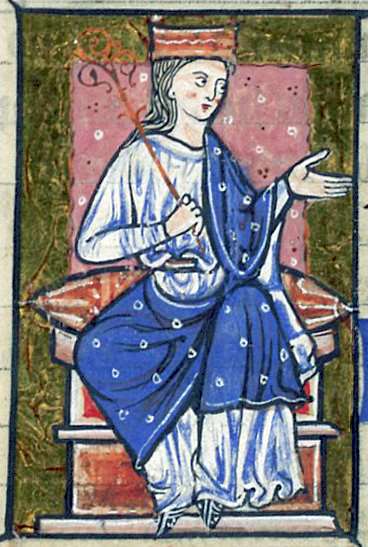
Within a few years, Æthelred and Æthelflæd had their first and only child whom they called Ælfwynn. The years that followed saw the husband and wife team take back vast swathes of Mercian land from the Danes, both in the Midlands and to the north. Legend has it that Æthelflæd actually brought a great deal of military leadership and strategy to the table, including the tactic of fortifying the Mercian borders whenever they had driven the Danes further back.
One of the most famous battles during this period was against a band of local Vikings outside Chester. These Vikings were actually refugees, driven back from the port of Dublin by an Irish uprising, and who had been given permission to peacefully set up camp outside of Chester under the proviso that they behaved themselves.
Unfortunately these Vikings soon got restless, and launched a couple of unsuccessful attacks on the nearby city of Chester. Upon hearing of the Viking uprising in the area, Æthelflæd rode north to meet the Danes with a cunning battle plan… she would fight the Vikings outside the city, but would then would fall back and ‘draw’ the Vikings into the city walls. Once inside the city walls, the gates would close and the pursuing Vikings would be slaughtered by an army hiding inside.
The plan proved successful, and the Mercians once again strengthened their position.
Unfortunately this was one of many battles in which Æthelred was not involved. He had been ill since around 902, and after ten years of battling with poor health he finally died in 911. At this point Æthelflæd became the sole ruler of Mercia, earning her the title ‘Lady of Mercia’.
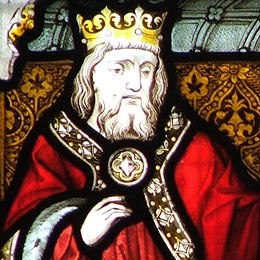
Edward the Elder, brother of Æthelflæd and ruler of Wessex (and indeed of all Anglo-Saxon kingdoms in England)
Æthelflæd immediately turned to her brother Edward for support. Edward (later Edward the Elder) had succeeded Alfred the Great as King of Wessex in 899, and legend has it that both brother and sister shared their father’s ideal of a ‘united England’. They understood that the old and fragmented Anglo-Saxon kingdoms could not drive back the Vikings alone, and so as soon as Æthelflæd succeeded to the throne, she freely handed both Oxford and London over to Wessex for their own protection.
Over the following year, this brother / sister alliance continued to drive the Danes out of central and southern England. She engaged them in Wales in 916 and 917, and then moved north to Derby and Leicester in 918. By late 918 Æthelflæd had reached the River Humber, and had even managed to persuade the city of York to pledge alliance to her.
Unfortunately Æthelflæd never reached York to see its citizens pay homage. Instead, she died in Tamworth just two weeks before she had planned to visit, and was later buried in St Oswalds Priory in Gloucester.
Æthelflæd was succeeded by her daughter Ælfwynn, although this was a short lived affair as Edward the Elder soon ousted Ælfwynn and dissolved Mercia into the Kingdom of Wessex. Concerned about any future Mercian uprisings, the exiled Ælfwynn was quickly ‘persuaded’ by her uncle to keep a low profile and consequently lived the rest of her life in a nunnery!
Published: 29th October 2016.



